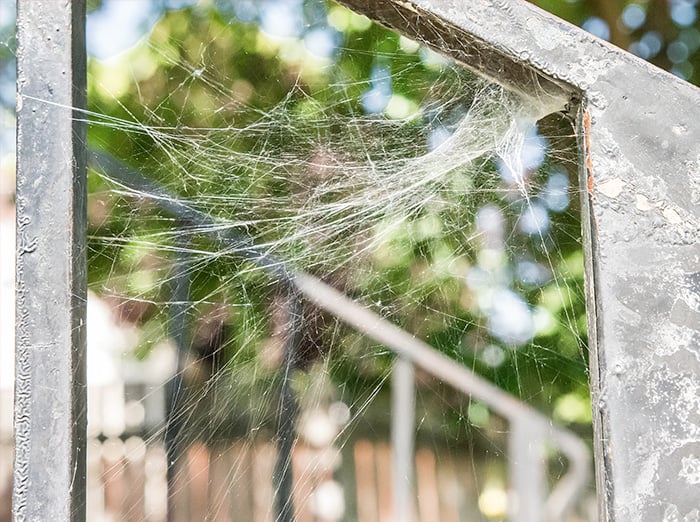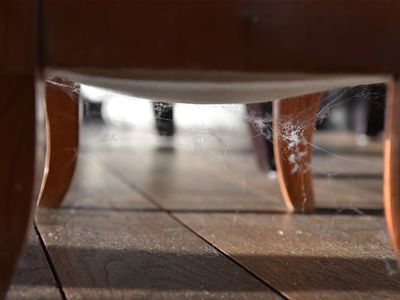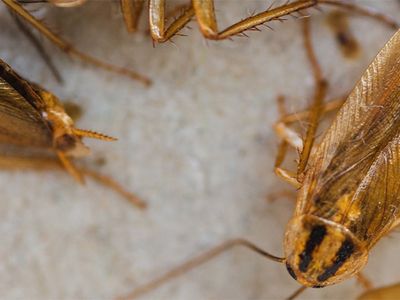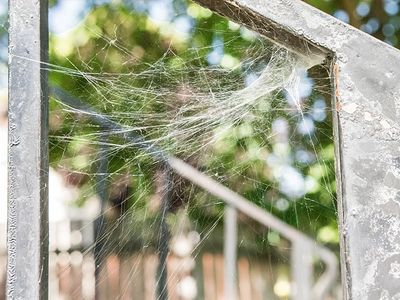Watch Out For Spiders This Fall In Albuquerque
Have you noticed that we start to see a lot of spiders in the fall? Do you know why? There are a few factors that lead to more spider sightings in Albuquerque homes during the fall months. Let's look at them. We'll also look at the five most common spiders and what you can do to keep them from getting in. For immediate assistance with a spider problem, contact Greenway Pest Solutions; we have practical suggestions for keeping persistent spiders out.

Why are there more spiders in Albuquerque during the fall?
To understand fall spider populations, it is best to start with winter.
Winter: While temperatures in Albuquerque average about 40 degrees Fahrenheit during winter days, nighttime temperatures can drop below freezing. These temperatures can cause some direct die-off in spider populations, but the greater impact is on food availability. Cold temperatures cause insects to either grow dormant or die off, leaving spiders with nothing to eat. Therefore, many spiders that appear in spring are spiders that hatch from eggs because spiderlings inside eggs don't need to eat during the winter.
Spring: All the hatching spiders of spring compete for food, and many do not survive. That is a good thing. We would be overrun with spiders if all spiderlings were viable.
Summer: During the summer months, spiders grow. You may see them get into your home during hot days or times of drought. But spider sightings really climb in the fall.
Fall: By the time fall arrives, spring spiderlings are now full-grown adults, which are much easier to see crawling around. Another consideration is that many spiders mate in the fall to produce eggs that will lie dormant throughout the winter. When spiders are actively looking for mates, they are more noticeable.
These are the reasons why you see more spiders in the fall. Let's look at a few of the spiders you'll see more often.
Common fall spiders in Albuquerque
We have a variety of spiders in Albuquerque and throughout New Mexico, but here are the five most common house-infesting arachnids to be aware of.
- House spiders
There are a few spider species that are called "house spiders," but only one has "house spider" in its name. It is the common house spider, also called the American house spider. These tiny spiders create multiple indoor webs and are mostly a nuisance. A bite from a common house spider is mild; you may not even feel it. A spider bite from this species may result in a raised bump that itches. - Wolf spiders
These hairy spiders commonly get inside as they hunt for food. They do not make webs to catch their prey. Some wolf spiders are quite large and scary, but they rarely bite. A bite results in a wound that looks like a tiny vampire bite due to the placement of the fangs. The symptoms of wolf spider bites are often milder than house spider bites, as most individuals usually have a limited histamine reaction. - Jumping spiders
Similar in appearance, jumping spiders could almost pass for baby wolf spiders. They have similar behavior patterns as well. Jumping spiders hunt for their food; they don't make webs to catch prey. A bite from a jumping spider is like a common house spider bite, only with slightly more localized pain. - Brown recluse spiders
These notorious spiders aren't common household pests, but when they do find their way into a home, they can grow into a large population. If you notice brown recluse spiders in your home, contact Greenway Pest Solutions. Not only can these spiders grow a large indoor population, but they also have a venom that causes skin death (referred to as necrosis). Fortunately, these spiders are reclusive and have limited contact with humans, even when inside structures. - Black widow spiders
These spiders are uncommon in households and do not create large indoor populations. But a single spider can get inside and establish a web. More often, they're a problem outside in Albuquerque yards. A bite from a black widow spider comes with intense localized pain and medical symptoms that resemble the flu. Seek medical attention when bitten by one of these spiders.
What to do about fall spiders?
If you haven’t already taken steps to keep spiders and the bugs they eat out, now is the time to get going. You could attempt DIY spider control, but we recommend signing up for our home pest control plan. This year-round solution includes:
- Quarterly pest control services
- Indoor pest treatments
- Exterior pest treatments
- De-webbing bushes, playsets, and other areas
- Free callbacks if a covered pest problem arises in between services
Contact Greenway Pest Solutions today!
Contact Greenway Pest Solutions for help getting rid of spiders in Albuquerque, La Mesa, White Rock, or elsewhere in our New Mexico service area. You can count on our local pest control company to exterminate spiders, other insects, and rodents!








